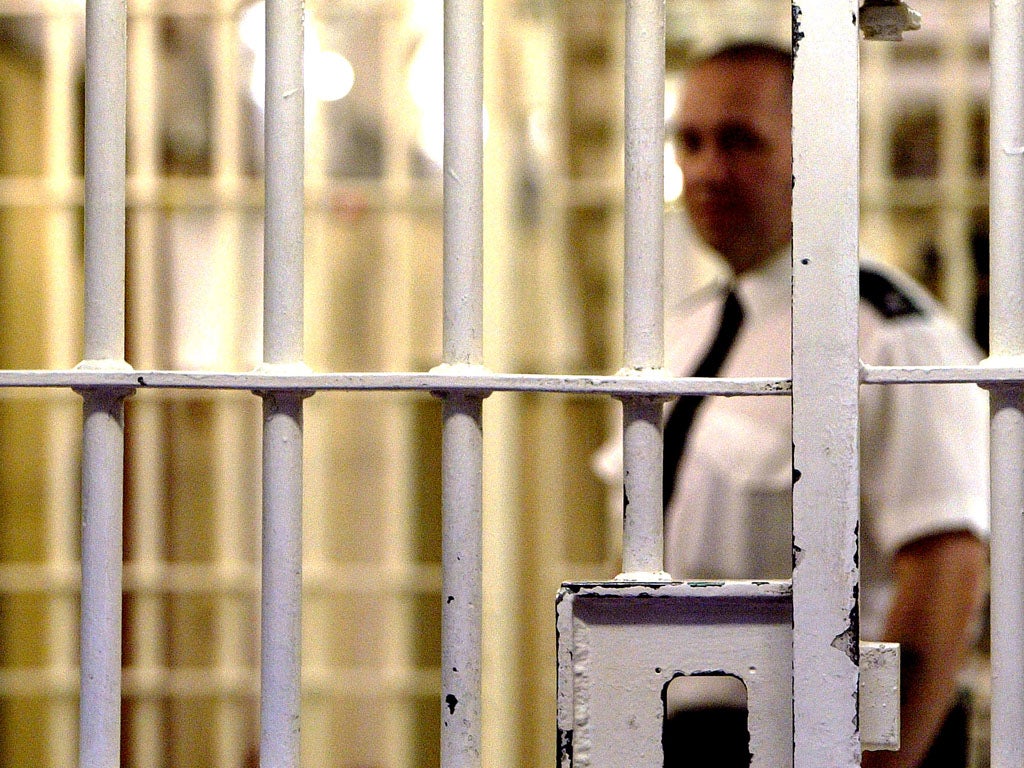The sexual exploitation of children is a cause of far more criminality than most of us dare to imagine
Every one of us can do more to protect children - and should

Your support helps us to tell the story
From reproductive rights to climate change to Big Tech, The Independent is on the ground when the story is developing. Whether it's investigating the financials of Elon Musk's pro-Trump PAC or producing our latest documentary, 'The A Word', which shines a light on the American women fighting for reproductive rights, we know how important it is to parse out the facts from the messaging.
At such a critical moment in US history, we need reporters on the ground. Your donation allows us to keep sending journalists to speak to both sides of the story.
The Independent is trusted by Americans across the entire political spectrum. And unlike many other quality news outlets, we choose not to lock Americans out of our reporting and analysis with paywalls. We believe quality journalism should be available to everyone, paid for by those who can afford it.
Your support makes all the difference.Scarcely a week goes by when we aren’t informed of an act of ‘mindless vandalism’ by young people. Type the phrase into Google and you’ll find it appears in dozens of news articles, reporting calamities ranging from smashed church windows to attacks on allotments.
There is no obvious reason to vandalise an allotment or wreck a car with a plank of wood, so it is convenient to describe these acts as ‘mindless’. Pockets of damage inflicted apparently without motive. But a report published by the Office of Children’s Commissioner hints at a truth something altogether less palatable – an apparently random crime may in fact be a warning sign that a child is being sexually abused.
Deputy children’s commissioner Sue Berelowitz writes that the report should serve as a ‘wake-up call’ for all professionals who work with young people, be they police, health services, youth offending teams or children’s social services. The Howard League for Penal Reform agrees that agencies must get better at spotting the signs of exploitation. It is a conclusion we reached when we published our own research into this troubling issue in July.
Our report, Out of place: The policing and Criminalisation of sexually exploited girls and young women, written by Professor Jo Phoenix of Durham University, analyses the links between sexual exploitation and law breaking behaviour. It provides an enlightening insight into the stories which lie behind this week’s headline figure – the discovery over 14 months of more than 2,400 confirmed victims of sexual exploitation.
'Rita'
Take ‘Rita’, one of the girls mentioned in Prof Phoenix’s report. When police found that she had smashed up a car, they arrested her for criminal damage. The car belonged to a ‘boyfriend’, who had taken her to a hotel room to be anally raped by six men.
While girls like Rita are committing crime to express a sense of ‘justice’ after being let down by a system which is supposed to protect them, others offend as a means to escape their exploitation. ‘Sammie’, for example, was arrested for a public order offence for throwing stones at cars to avoid being passed around by her older ‘boyfriend’ and raped by his friends.
Clues as to why a child has committed a crime can emerge in unlikely settings. A specialist at an independent sexual exploitation service told us that girls she worked with often disclosed information which provided context to their offence – not when directly asked but when doing something different, such as artwork.
She gave the example of ‘Bethany’, who at 14 was in a relationship with a much older man. He would give her cigarettes for sex, pay her compliments and ‘romance’ her. When he started seeing someone else, Bethany smashed up his car with a cricket bat and was arrested, prosecuted and punished for criminal damage.
Bethany immediately pleaded guilty to the offence, but she did not tell the police, courts or youth justice workers that she was having a sexual relationship with the man. Had they known, it would have almost certainly altered the punishment she received.
There are girls like Bethany across the country, girls whose cries for help have gone unheard for years. Because most neighbourhood police officers aren’t required to consider sexual exploitation, the link is rarely made between what we have come to know as anti-social behaviour on our streets and the systematic abuse of children behind closed doors.
Our research indicated that only a minority of areas in England and Wales were well served by youth justice services which worked closely with sexual exploitation specialists. Even where such links existed, their nature and function varied.
Disastrous
When agencies fail to communicate or work together effectively, the results can be disastrous. One social worker told us about ‘Gerrie’, a 15-year-old girl in care who would frequently go missing, exchanging sex for money, drugs and cigarettes.
Gerrie was charged with a public order offence for which she was given a Youth Rehabilitation Order. The order required her to attend infrequent appointments with the youth justice service – appointments she missed because of the destabilising impact of her sexual exploitation.
Every one of us can do more to protect children, but leadership must come from the top. We need government guidance to distinguish sexual exploitation from prostitution, and we must ensure that children aren’t criminalised for offences linked to their abuse. They are victims and must be treated accordingly.
The challenge starts here. To shirk it would be ‘mindless’.
Join our commenting forum
Join thought-provoking conversations, follow other Independent readers and see their replies
Comments